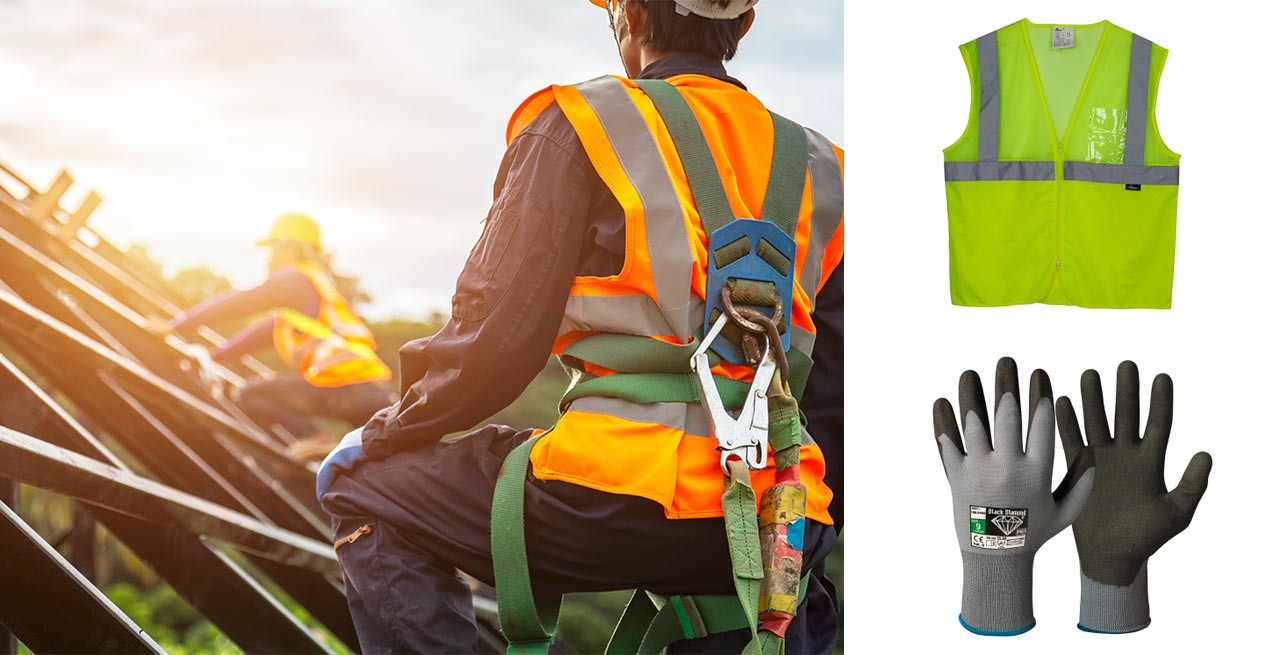August 15, 2023
5 Personal Protective Equipment for Your Safety
Regardless of the industry you work in, the safety and well-being of your employees must be a priority. One of the best ways to achieve this is by providing personal protective equipment (PPE) to your staff. PPE is designed to protect workers from the various hazards they encounter in their daily work environment. Here are five types of protective equipment and their uses:
1. Head and Face Protection
Properly protecting the head and face is non-negotiable! Objects falling, sparks, or chemical splashes often occur in the workplace. That's why guarding against these risks is essential. Safety helmets, face shields, and protective goggles are just a few examples of personal protective equipment that safeguard workers from head and facial injuries.
2. Protective Clothing
Let's talk about protective clothing that shields the wearer from risks such as chemicals, heat, and physical injuries. This includes garments made from flame-resistant materials, high-visibility vests for those working in poorly lit environments, and chemical-resistant clothing for those handling hazardous materials.
3. Safety Shoes
Did you know that foot injuries are common in many industries? Trips, slips, and falls can happen in any work setting. This makes safety shoes indispensable for workers across various sectors. We're talking here about boots, slip-resistant shoes, and shoes designed to protect against electrical hazards, all of which ensure employee safety.
4. Protective Gloves
Next, we have protective gloves. These are essential for workers handling sharp or hot objects, chemicals, or other hazardous materials. There are various types of gloves available, including cut-resistant, heat-resistant, and chemical-resistant gloves. Additionally, gloves can be made from different materials such as leather or latex.
5. Harnesses and Ropes
Finally, harnesses and ropes are necessary for workers performing tasks at heights or on unstable surfaces. This is why many companies use harnesses and ropes to maintain safety standards, particularly in sectors where manual practices are unavoidable. These tools can prevent falls and other accidents that could lead to serious, even fatal, injuries.
You get it! By providing your employees with appropriate protective equipment, you can ensure their safety and prevent workplace accidents. Remember that the safety of your workers should always be an absolute priority. After all, your staff is your most valuable resource.
Safety first!








